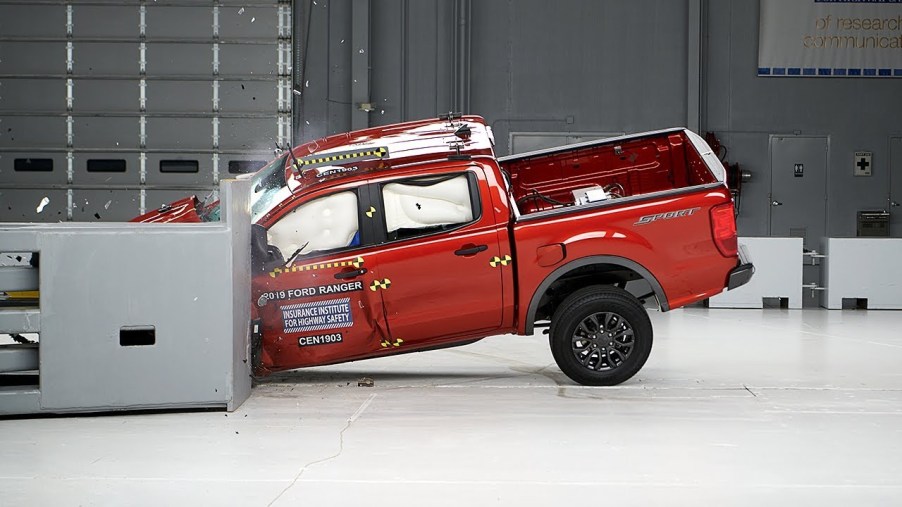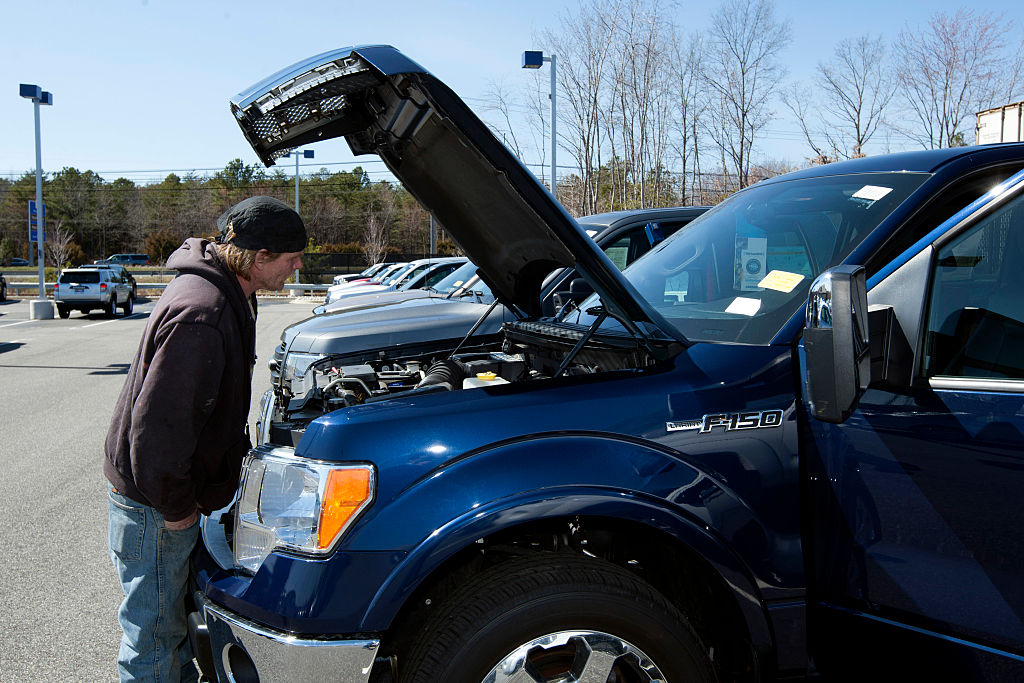
Why New Trucks Are Better (and Safer) than Old Trucks
Pickup trucks are often kept for years at a time. However, that’s only partially due to reliability. Buying any vehicle, especially a pickup truck is a major investment. Potential buyers with limited monthly budgets often try to get as low a monthly payment as possible. But this makes loan repayment plans stretch for so long, the truck may be sold before it’s paid off. So, people turn to the used market, where prices are usually cheaper. But there are very good reasons why new trucks are better than old trucks.
Some Used Trucks Aren’t That Cheap

At the same trim level, a used truck will be cheaper than a new one. Forbes recently calculated that the average car buyer is spending $523 a month on their car loan. That is not an insignificant amount of money for someone with a wide range of monthly expenses, like rent or medical bills. AAA has suggested that even buying a slightly used vehicle—2 or 3 years old—can appreciably lower monthly loan payments. And that’s not even taking fees from insurance, registration, and such, which have also been on the rise.
However, the gap between new and used is not as large as it used to be. Because of the cascading effects of The Great Recession, fewer trucks entered the used market. Now, because there isn’t enough supply to meet demand, prices stay high. Reuters estimates that prices of 2010-era used trucks have risen 75%, whereas new truck prices have only risen 25%. The price disparity may correct itself eventually, but that’s of little help to someone who needs a vehicle right now. But even then, some trucks will still be just as valuable used as they are new. Prices for 2013-2015 Toyota Tacomas, for instance, can sometimes be even higher than brand-new Tacomas.
And that’s just the price to buy the truck. There’s also running costs, insurance, and so on. Insurance premiums may be lower for used trucks, but new trucks also come with a warranty. And overall, technological improvements mean new trucks are more fuel-efficient. Plus, if you’re considering buying a used truck in cash all at once, versus taking out a loan, sometimes the loan actually makes more financial sense.
But even if a new truck is more expensive than a used one, it would be worth it. For one very important reason.
New Trucks Are Safer
In a recent article for Outside Online, Wes Siler revealed that his wife was recently in a traffic accident. She was driving their new Ford Ranger one snowy day, and someone driving a larger pickup drove into her side. Luckily, speeds were low, and everyone walked away. That might not have been possible a few years ago.
Wes compared the new Ranger to the couple’s 1998 Toyota 4Runner in IIHS crash tests. Specifically, the front overlap test, which has evolved over the years. The point of the test is to simulate the truck partially colliding with a front obstacle. In 1996, the 4Runner was subject to a 40 percent overlap. But the Ranger is subject to a 25 percent overlap crash test—same speed, but the obstacle was narrower. Meaning, the impact force was being transmitted to a much smaller portion of the Ranger’s body and crash protection. The videos show why the Ranger got a “good” rating from the IIHS (their highest), and the 4Runner merely “acceptable”. The 4Runner doesn’t even have side airbags.
Even one model year’s difference can be significant. When the IIHS tested the 2018 Toyota RAV4, it achieved a “poor” rating in the passenger-side small-overlap crash test. But the 2019 RAV4, in the same test, received a “good” rating. Difference in pricing between 2018 and 2019? Minimal. Difference in safety? Enormous.
To be sure, trucks are not the safest type of vehicle on the road. The IIHS finds they still pose a danger to passenger cars, with the latter being safer overall. But if you’re considering purchasing a truck, please don’t discount the advances in safety. You just can’t afford to.


